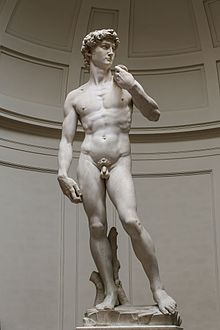Stamp: Woman at her Toilette (Edgar Degas) (Soviet Union, USSR 1984)
Woman at her Toilette (Edgar Degas) (Soviet Union, USSR 1984)
20 November (Soviet Union, USSR ) within release French Paintings in Hermitage. goes into circulation Stamp Woman at her Toilette (Edgar Degas) face value 20 Russian kopek
| Stamp Woman at her Toilette (Edgar Degas) in catalogues | |
|---|---|
| Michel: | Mi:SU 5454Zf |
Stamp is vertical format.
with labelAlso in the issue French Paintings in Hermitage.:
- Stamp - Girl in Hat (Jean-louis Voile) face value 4;
- Stamp - Girl in Hat (Jean-louis Voile) face value 4;
- Stamp - The stolen Kiss (Jean-Honore Fragonard) face value 10;
- Stamp - The stolen Kiss (Jean-Honore Fragonard) face value 10;
- Stamp - Woman at her Toilette (Edgar Degas) face value 20;
- Stamp - Woman at her Toilette (Edgar Degas) face value 20;
- Stamp - Pygmalion and Galatea (Francois Boucher) face value 45;
- Stamp - Pygmalion and Galatea (Francois Boucher) face value 45;
Stamp Woman at her Toilette (Edgar Degas) it reflects the thematic directions:
Painting is the practice of applying paint, pigment, color or other medium to a solid surface (support base). The medium is commonly applied to the base with a brush, but other implements, such as knives, sponges, and airbrushes, can be used. Painting is a mode of creative expression, and the forms are numerous. Drawing, gesture (as in gestural painting), composition, narration (as in narrative art), or abstraction (as in abstract art), among other aesthetic modes, may serve to manifest the expressive and conceptual intention of the practitioner. Paintings can be naturalistic and representational (as in a still life or landscape painting), photographic, abstract, narrative, symbolistic (as in Symbolist art), emotive (as in Expressionism), or political in nature (as in Artivism). A portion of the history of painting in both Eastern and Western art is dominated by spiritual motifs and ideas. Examples of this kind of painting range from artwork depicting mythological figures on pottery, to Biblical scenes rendered on the interior walls and ceiling of the Sistine Chapel, to scenes from the life of Buddha or other images of Eastern religious origin. In art, the term painting describes both the act and the result of the action. The support for paintings includes such surfaces as walls, paper, canvas, wood, glass, lacquer, clay, leaf, copper and concrete, and the painting may incorporate multiple other materials including sand, clay, paper, plaster, gold leaf, as well as objects. The term painting is also used outside of art as a common trade among craftsmen and builders.
Painting is a visual art, which is characterized by the practice of applying paint, pigment, color or other medium to a solid surface The medium is commonly applied to the base with a brush, but other implements, such as knives, sponges, and airbrushes, may be used. One who produces paintings is called a painter.
The nude, as a form of visual art that focuses on the unclothed human figure, is an enduring tradition in Western art. It was a preoccupation of Ancient Greek art, and after a semi-dormant period in the Middle Ages returned to a central position with the Renaissance. Unclothed figures often also play a part in other types of art, such as history painting, including allegorical and religious art, portraiture, or the decorative arts. From prehistory to the earliest civilizations, nude female figures were generally understood to be symbols of fertility or well-being.



